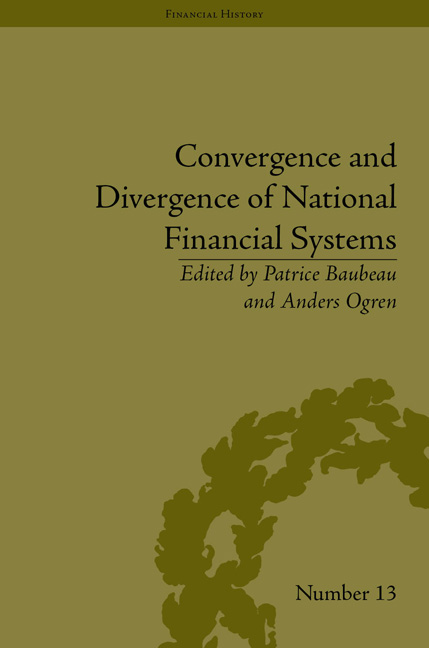 Convergence and Divergence of National Financial Systems
Convergence and Divergence of National Financial Systems Book contents
- Frontmatter
- CONTENTS
- Acknowledgements
- List of Figures
- Introduction
- Part I The Social Mechanisms of Financial Convergence
- Part II National Convergences and Divergences in the Long Term
- Part III Convergence and Historical Shocks
- Part IV Convergence and Monetary Constraint
- 10 The Establishment of the Gold Standard in Southeast Europe: Convergence to a New System or Divergence from an Old One?
- 11 Money Creation under the Gold Standard: The Origins of the Italian Banking Crisis of 1893
- 12 Financing Germany: Amsterdam's Role as an International Financial Centre, 1914–31
- Notes
- Works Cited
- Index
10 - The Establishment of the Gold Standard in Southeast Europe: Convergence to a New System or Divergence from an Old One?
from Part IV - Convergence and Monetary Constraint
- Frontmatter
- CONTENTS
- Acknowledgements
- List of Figures
- Introduction
- Part I The Social Mechanisms of Financial Convergence
- Part II National Convergences and Divergences in the Long Term
- Part III Convergence and Historical Shocks
- Part IV Convergence and Monetary Constraint
- 10 The Establishment of the Gold Standard in Southeast Europe: Convergence to a New System or Divergence from an Old One?
- 11 Money Creation under the Gold Standard: The Origins of the Italian Banking Crisis of 1893
- 12 Financing Germany: Amsterdam's Role as an International Financial Centre, 1914–31
- Notes
- Works Cited
- Index
Summary
Introduction
The first few decades after independence were dedicated by Southeast European states to the construction of a modern political and administrative apparatus. As in other new peripheral states, nation-building was continuously confronted with the model provided by the older countries of the West and with the need to find a place within the global balance of powers. A crucial step in this direction was the establishment of a monetary system compliant with the international standard. It would be, however, too simple and simplistic to believe that it was merely a matter of converging towards a predetermined model – if only because the model was not at all predetermined. In fact, all these changes occurred in Southeast Europe at a time in which their outcome was not at all straightforward: the countries in this area were engaged in state-building, convergence, and monetary reform just as the concept of state, the relationship between centre and periphery and the notion of money were being redefined on a global scale.
The construction of a national monetary system is an element of great symbolic and practical importance in modern state-building. In Bulgaria it was undertaken immediately after Liberation with the establishment of the National Bank in 1879 and the introduction of the lev as the official unit of account in 1880. The compliance of the national money with the international standard was crucial for the integration of the new state into the ‘concert of nations’. The Bulgarian monetary system was initially designed along the bimetallic principles of the Latin Monetary Union. Within three decades, the system eventually conformed to the principles of the gold standard, which had emerged in the meantime as the universally accepted regime. Bulgaria was one of the last to join, in 1906, after a tortuous convergence marked by several failed attempts.
- Type
- Chapter
- Information
- Convergence and Divergence of National Financial SystemsEvidence from the Gold Standards, 1871–1971, pp. 179 - 196Publisher: Pickering & ChattoFirst published in: 2014
